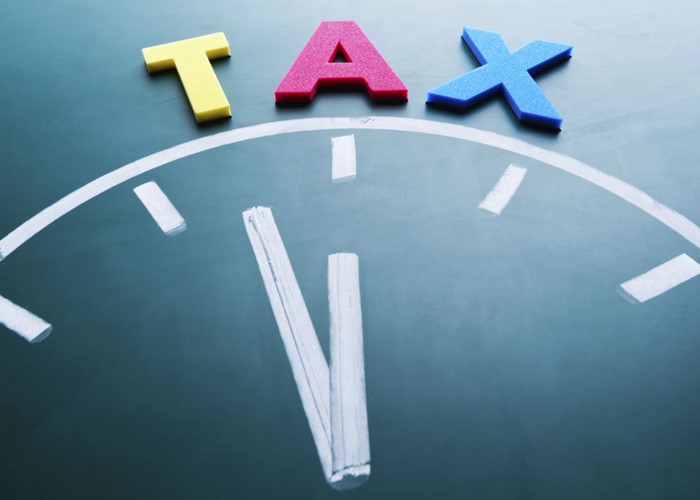Self-Assessment tax returns: registration deadline, who needs to register for 2016/17 and how to do it

The 2016/2017 self-assessment tax return registration deadline has arrived. Find out if you need to act today to avoid a £100 fine.
Sections
Self-Assessment 2016/17 registration deadline
Today (5 October) is the last day to register to apply to submit a Self-Assessment tax return for the 2016/17 tax year.
The return – which will need to either be filed by 31 October, 2017 (paper) or 31 January, 2018 (online) – tells HMRC about the income you received between 6 April 2016 and 5 April, 2017 so it can calculate how much extra tax you will need to pay.
If you miss the registration deadline for Self-Assessment you’ll usually be fined £100.
Cut your tax bill with an ISA. Compare the top deals
Who needs to register for Self-Assessment for 2016/17?
Not every needs to register for Self-Assessment. However, it can be difficult to tell whether you need to or not.
Typically, you’ll need to register for Self-Assessment for 2016/17 if:
- you were self-employed;
- you received £2,500 or more in untaxed income, for example from tips or renting out a property;
- your income from savings or investments was £10,000 or more before tax;
- your income from dividends from shares was £10,000 or more before tax;
- you made profits from selling things like shares, a second home or other chargeable assets and need to pay Capital Gains Tax;
- you were a company director - unless it was for a non-profit organisation (such as a charity) and you didn’t get any pay or benefits, like a company car;
- your income (or your partner’s) was over £50,000 and one of you claimed Child Benefit;
- you had income from abroad that you needed to pay tax on;
- you lived abroad and had a UK income;
- your taxable income was over £100,000;
- you were a trustee of a trust or registered pension scheme;
- you had a P800 from HMRC saying you didn’t pay enough tax last year – and you didn’t pay what you owe through your tax code or with a voluntary payment;
- your State Pension was more than your Personal Allowance and was your only source of income (unless you started getting your pension on or after 6 April, 2016).
This isn’t a definitive list though, so if you have a feeling you may have to file a return you should double check.
You can use the Government’s check if you need a tax return tool to make sure.
Other reasons to register for Self-Assessment
If you’ve been told by HMRC to send a return you must register and send it – even if you don’t have any tax to pay.
You may also want to register and fill in a tax return to claim money back from HMRC for things like donations to charity, private pension contributions as a higher or additional rate taxpayer and work expenses over £2,500.
How to register for Self-Assessment
There are different ways to register depending on whether you are categorised as self-employed or a sole trader, not-self-employed or being a partner or in a partnership.
Self-employer or sole trader
If you fall into the self-employed or sole trader group you need to register for Self-Assessment and Class 2 National Insurance as soon as you can after starting your business.
You should do it by 5 October in your business’s second tax year or you could be fined.
If you’ve sent a return before, you’ll need to register online with form CWF1 and use your 10-digit Unique Taxpayer Reference (UTR).
If you’ve never sent a return before, register online to get issued with a UTR. You’ll get a letter within 10 working days with an activation code.
Alternatively, you can fill out the CWFI online form, print it off and sent it to HMRC.
Not self-employed
‘Not self-employed’ people include company directors, those that get income through property like buy-to-let landlords and those that have income over £50,000 but want to carry on receiving Child Benefit.
If you fall into the ‘not self-employed’ camp you will need to register using the SA1 form.
If you’ve sent a tax return in the past you can use the UTR you’ve been given before, if you can’t remember this you can find your UTR here.
If you haven’t sent a return before you can register with the SA1 form and you’ll get a letter within 10 working days which contains your UTR. You’ll need this to enrol for Self-Assessment.
You will get an activation code with 10 days of enrolling which will allow you to log into your online account.
Partner or partnership
You can register a partnership online or by post using the SA400 form.
For more information check out the Government website.
Most Recent
Comments
Be the first to comment
Do you want to comment on this article? You need to be signed in for this feature








